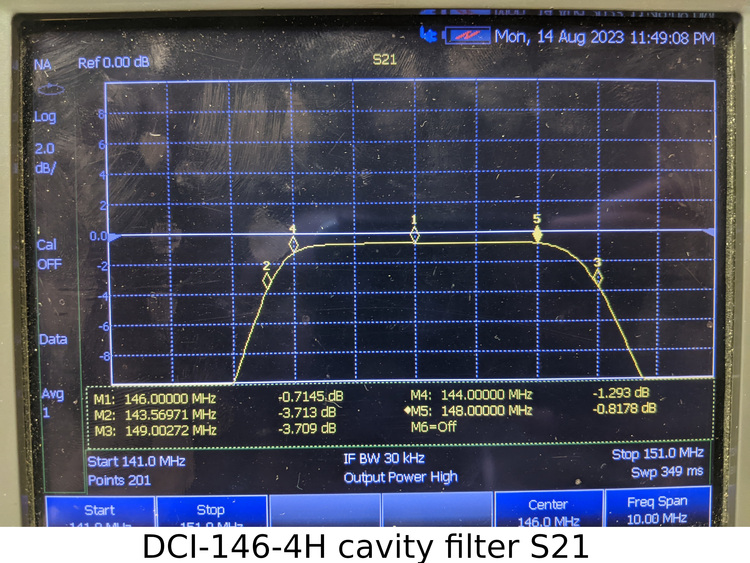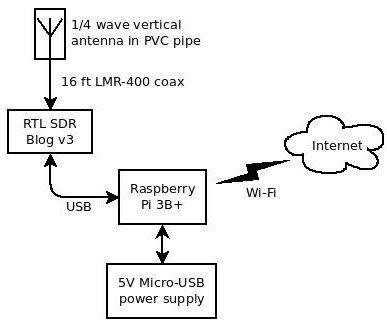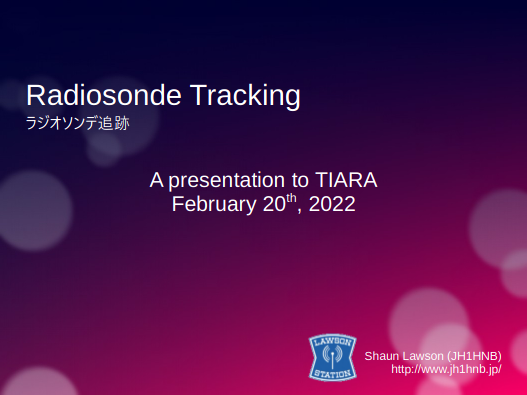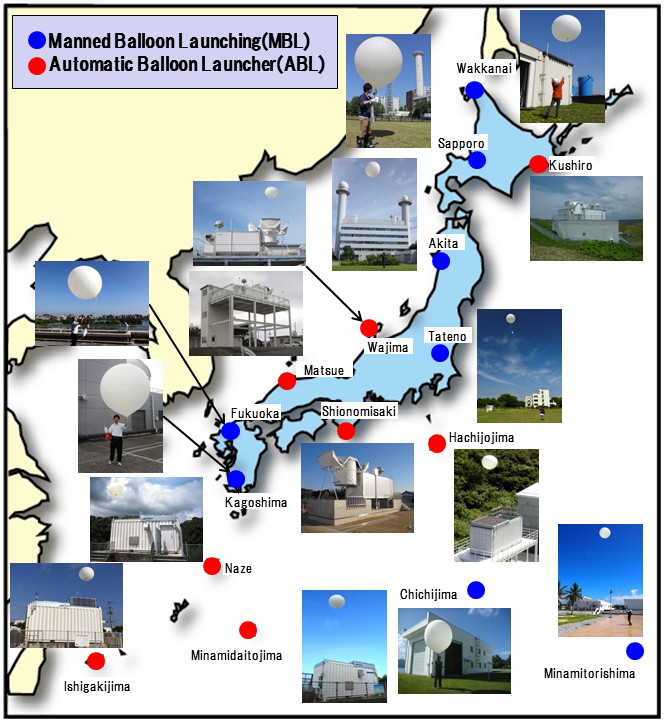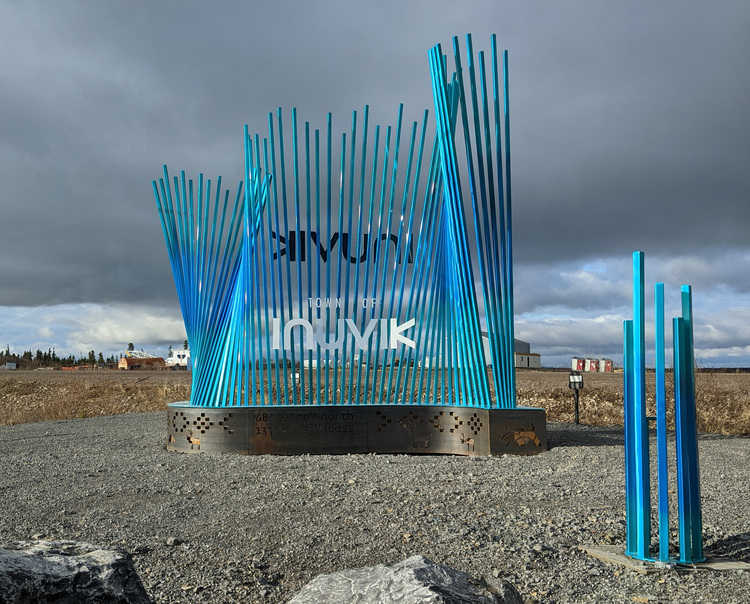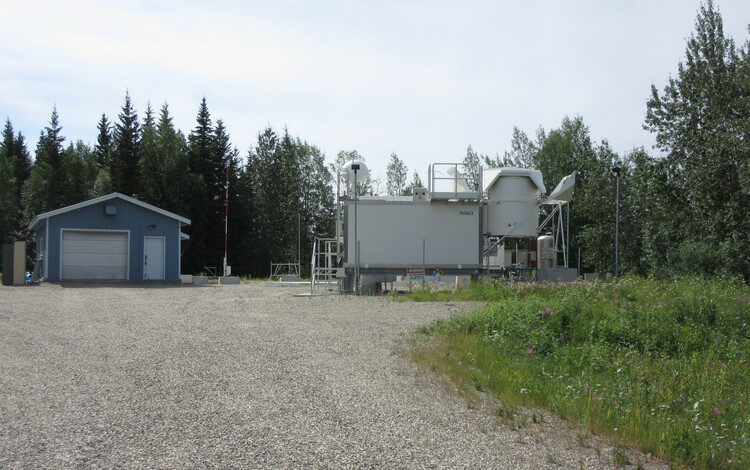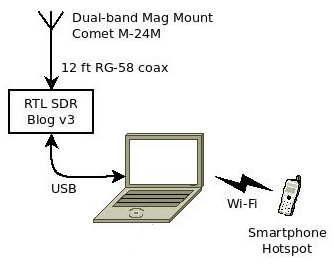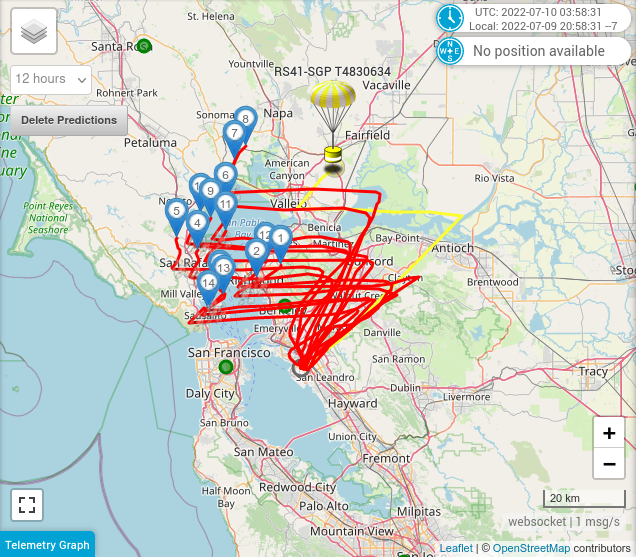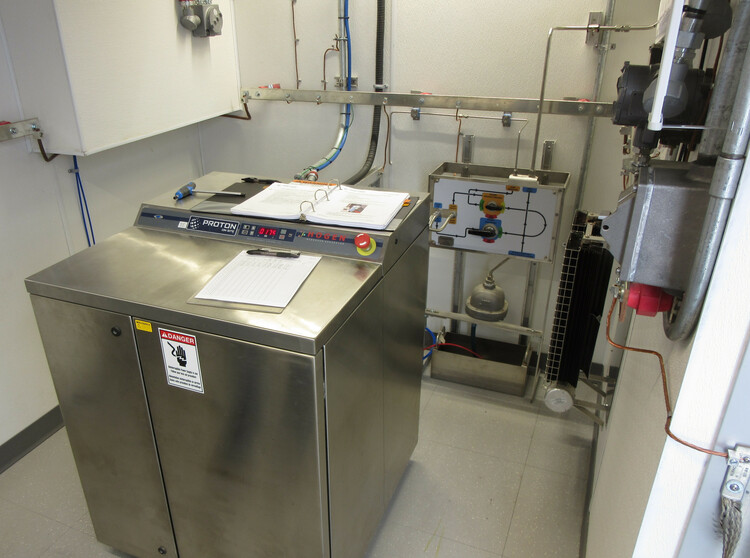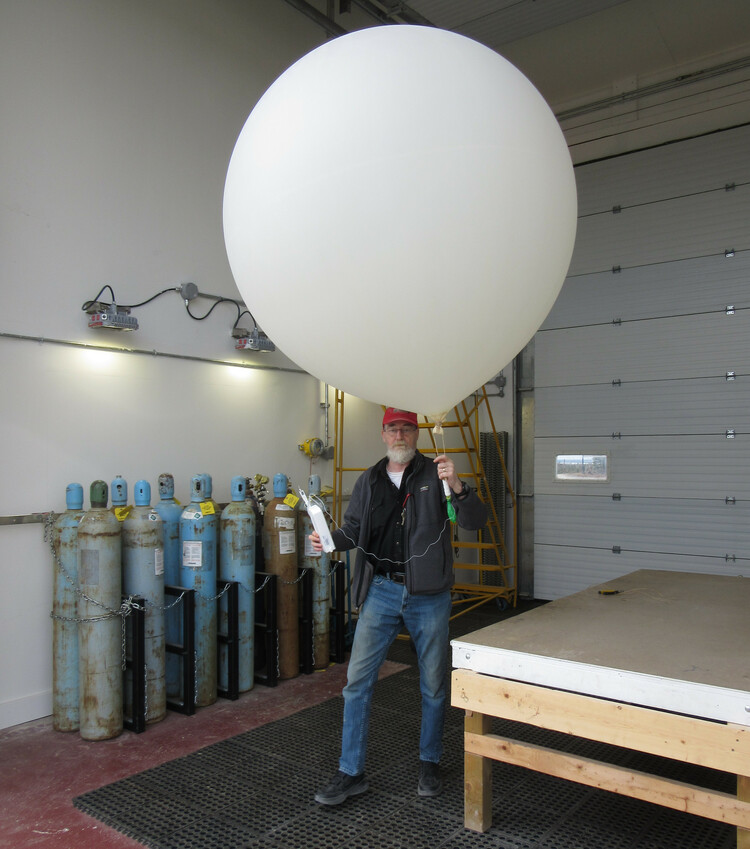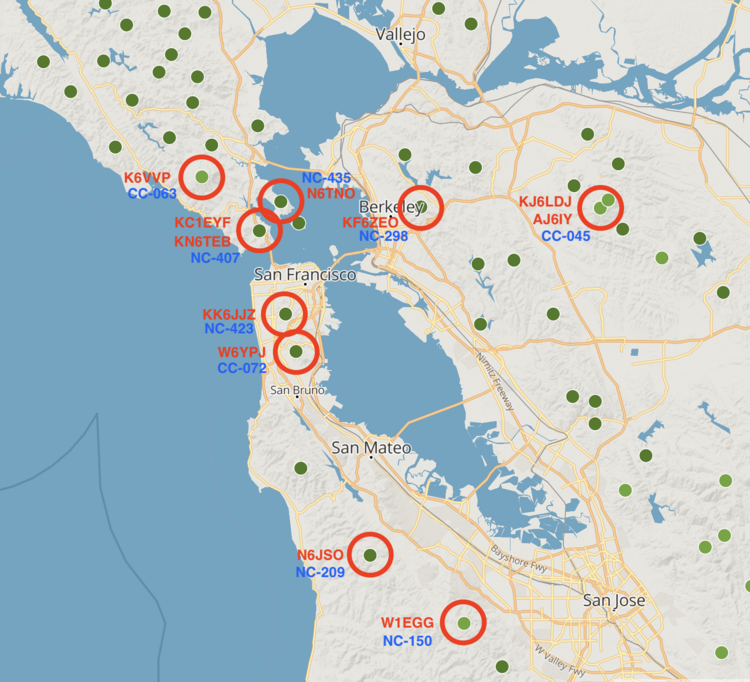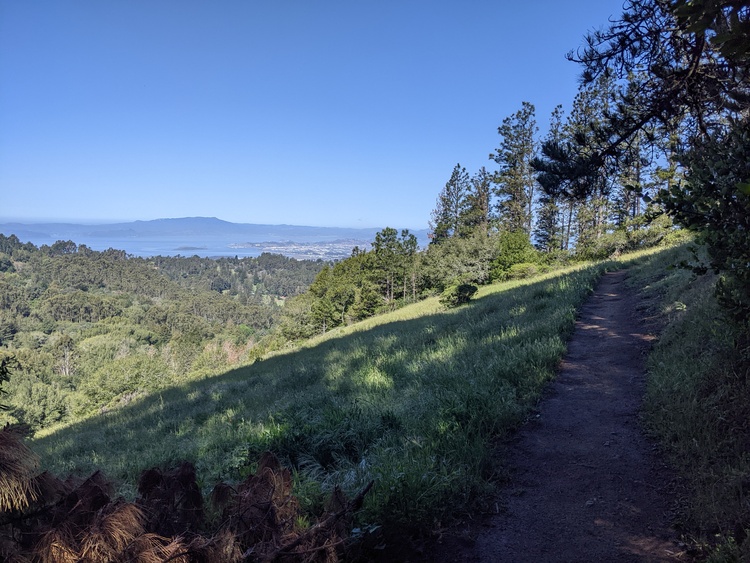I recently acquired a Digital Communications Inc. DCI-146-4H band-pass filter. This is a 4-pole cavity filter for the 2 meter Amateur radio band, with a pass band of 144 to 148 MHz. Physically it's about 12" long, 6" high, and 3" deep, and is very light. The connectors are UHF SO-239.
I purchased this band-pass filter for operating Summits On The Air (SOTA) radio events. Operating 2 meters FM simplex on the top of mountains is a lot of fun, but many SOTA mountains also have high-powered broadcast transmitters, public safety repeater systems, etc. These strong transmitters cause desensitization in receivers, and I can't hear other stations unless they are very strong. This type of band-pass filter removes all out-of-band signals, but won't remove any in-band transmitters like amateur radio repeaters.
Close-In Performance
The datasheet (local pdf) shows the insertion loss at around 0.4 dB. I measured this at about 0.7 dB, and the extra loss was probably the short RG-58 jumpers and RF adapters I used.
Zooming out a bit, rejection at 151 MHz is approximately 20 ...
Read More →
